There are over 70 Snake plant verities in the world. They are quite a popular and versatile set of plants which you can grow indoors as well as outdoors.
They are easy to care for and even a fresher in gardening could start growing one of these plants as they only require minimum care.
Following is few snake plant varieties among them.
Sansevieria Trifasciata Snake plant varieties
Black Gold’ (Viper’s Bowstring Hemp)
Black Gold which you could call Viper’s bowstring hemp is quite famous among the gardeners.
It is a perennial snake plant which usually grows with dark green leaves. Those leaves tend to grow along with golden yellow tips of the leaves. Black gold plant’s leaves are tall and that gives them a sort of a sleek appearance.
On the other hand, black gold plant is a poisonous plant for domestic pets such as cats and dogs. Moreover, according to feng shui beliers, this is a plant which brings good fortune. They would thrive in low light and with moderate watering.
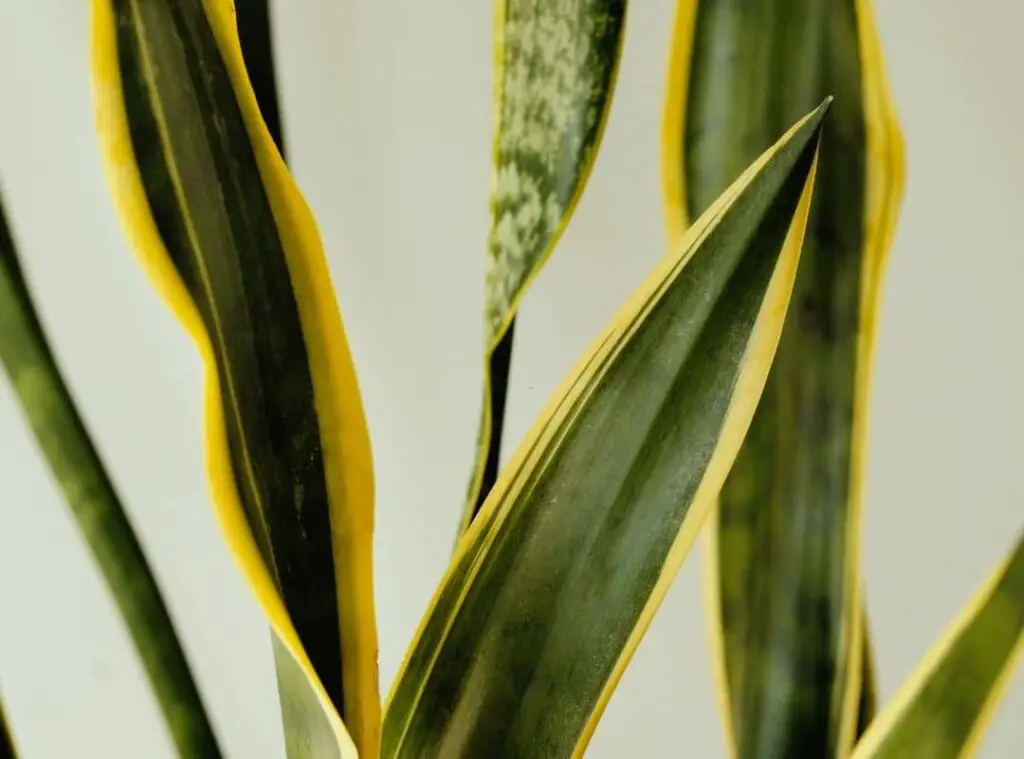
Futura Robusta’
This is an evergreen snake plant type which comprises gray – green leaves. They would contain stripes on the leaf’s surfaces. You could usually spot them growing in dense clumps. They are short and resemble swords when they grow. They tend to show a twisted growth pattern. They would rise to 24’’ (60 cm ) only when they become mature.
This is also a quite trendy and a famous plant among gardeners, and they could also thrive in occasional watering.
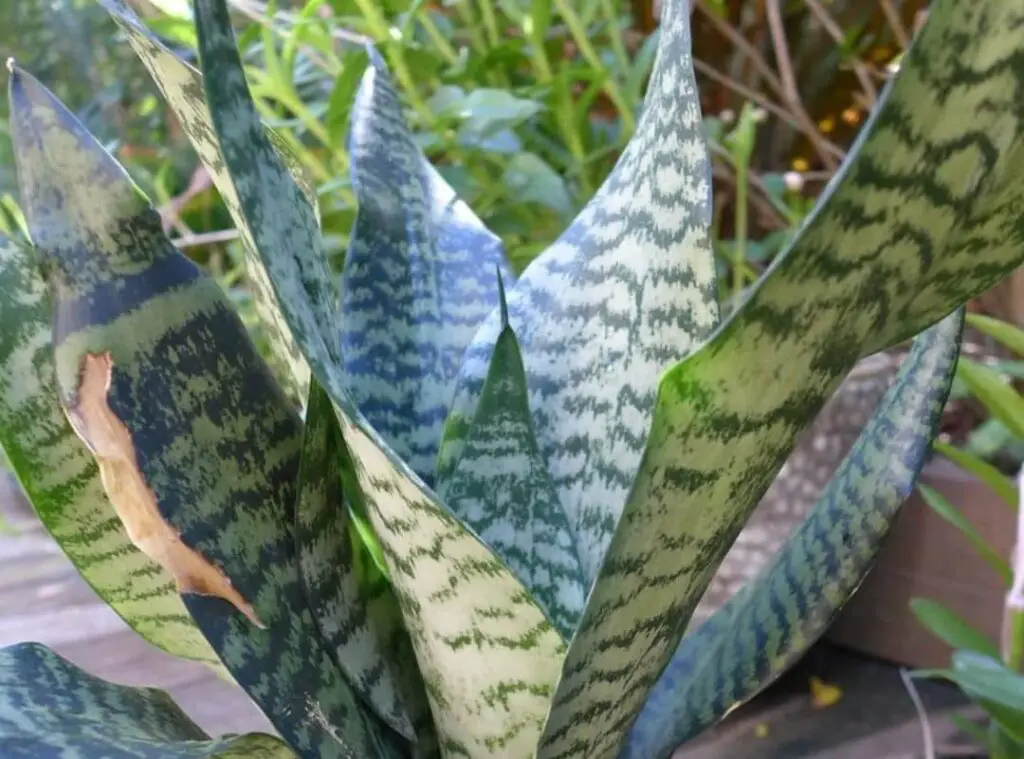
Twisted Sister’
These plants have inherited their name from their way of leaf formation. Twisted sister plant’s leaves tend to grow curling around which would give them a distorted shape. You could spot those leaves in green and in yellow. Furthermore, they would consist of little markings of silver-green in the middle of the leaves.
Twister sister is a dwarf species of snake plants. In fact, their leaves would rise only up to 15 ‘maximum (38 cm). It would be handy in a dark corner of the room due to its bright leaves.
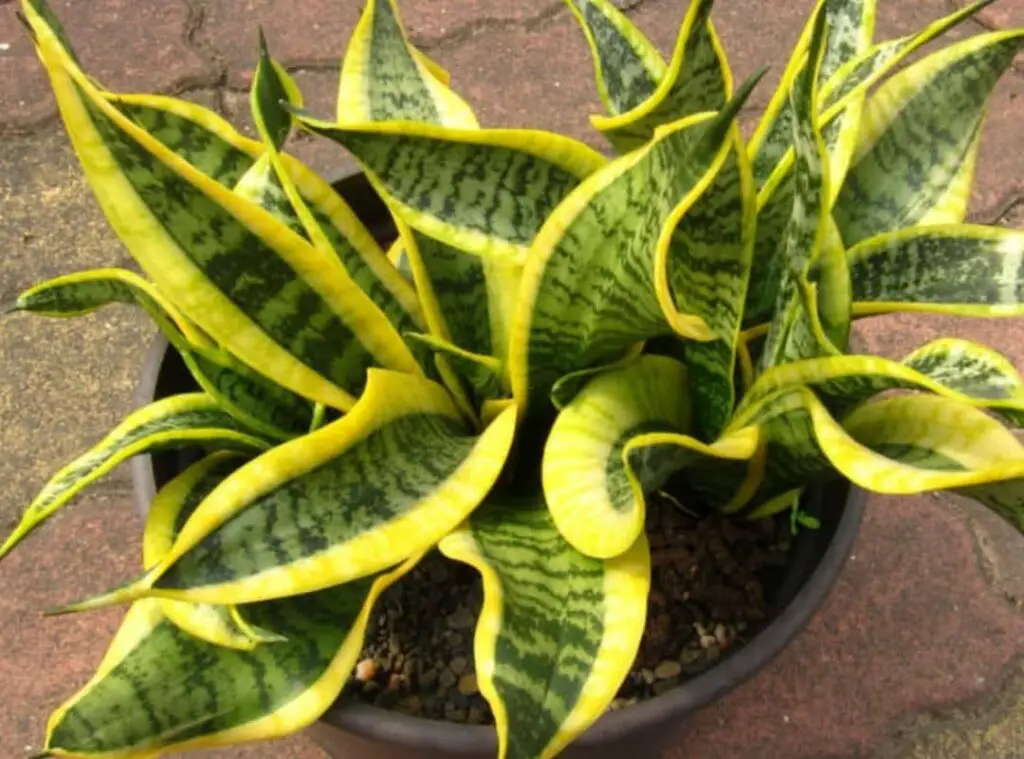
Golden Hahnii’
Golden Hahnii is one more dwarf snake plant type and Bird’s nest is a common name which you could use to call golden Hahnii.
One of the special characteristics of these plants is that their plant’s leaves consist of green and light green stripes markings formed in a horizontal manner.
Their leaves tend to grow in cluster types. Once you look at these plants from above, you could spot them formed in a rosette type.
They remain short as they grow, and they could rise only up to 12’ (30cm) in height. You could consider growing them in clumps which will consequently give them a striking effect than when you plant them individually.
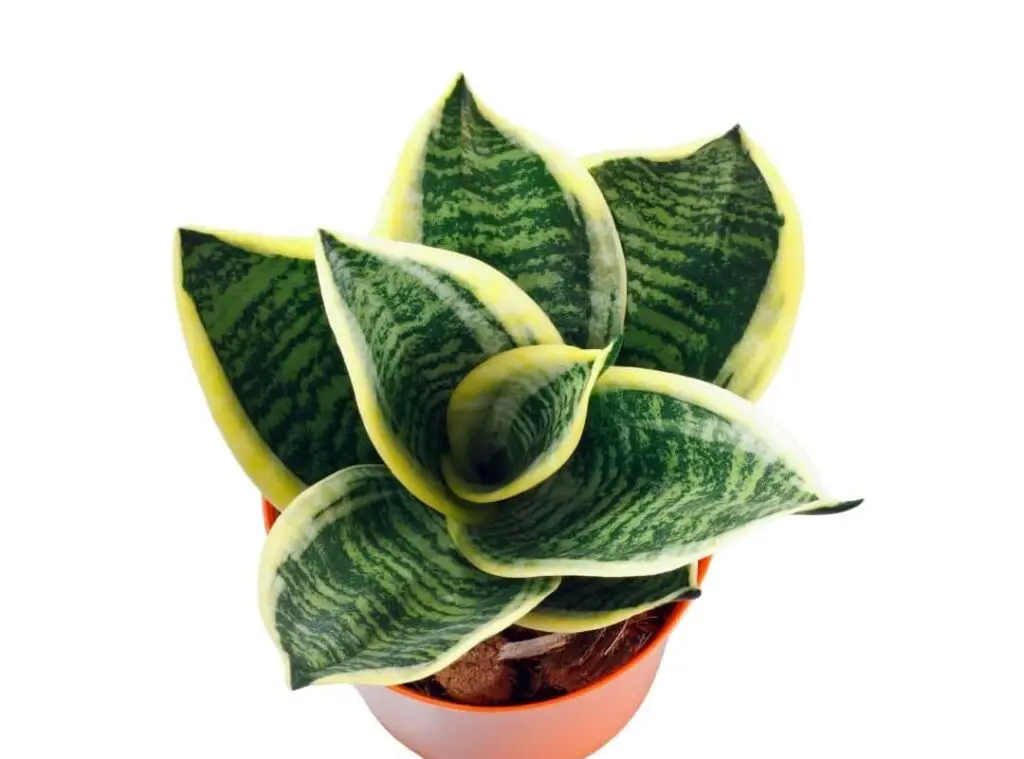
Futura Superba’
Futura Superba truly deserve its name ‘superb” due to the attractiveness of the plant once it grows fully. They look similar to a black gold mini version.
They usually form bright green leaves along with yellow tips on them. Furthermore, they tend to grow straight and tall too.
This would be a great pick for indoor gardening since it could thrive in low light levels without consuming a lot of space.
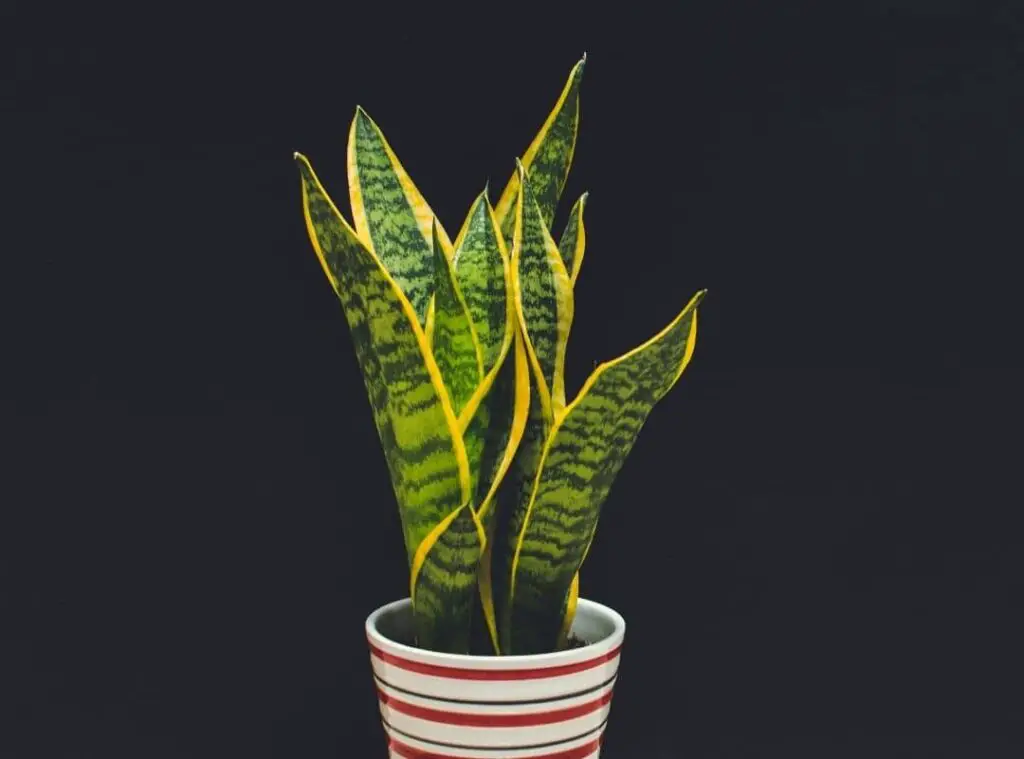
Laurentii’
Laurentii is one of the most popular Sansevieria plant species. This is originating from tropical west Africa.
they consist of linear lanceolate leaves along with rhizomes form in a creeping pattern. They would be around 40-60 cm in length.
Moreover, they will form along with transverse bands in grass green, white to light green colors. They would further consist of gold yellow horizontal stripes on the leaf tips as well.
They would survive in full sunlight to partial sunlight areas and occasional watering.
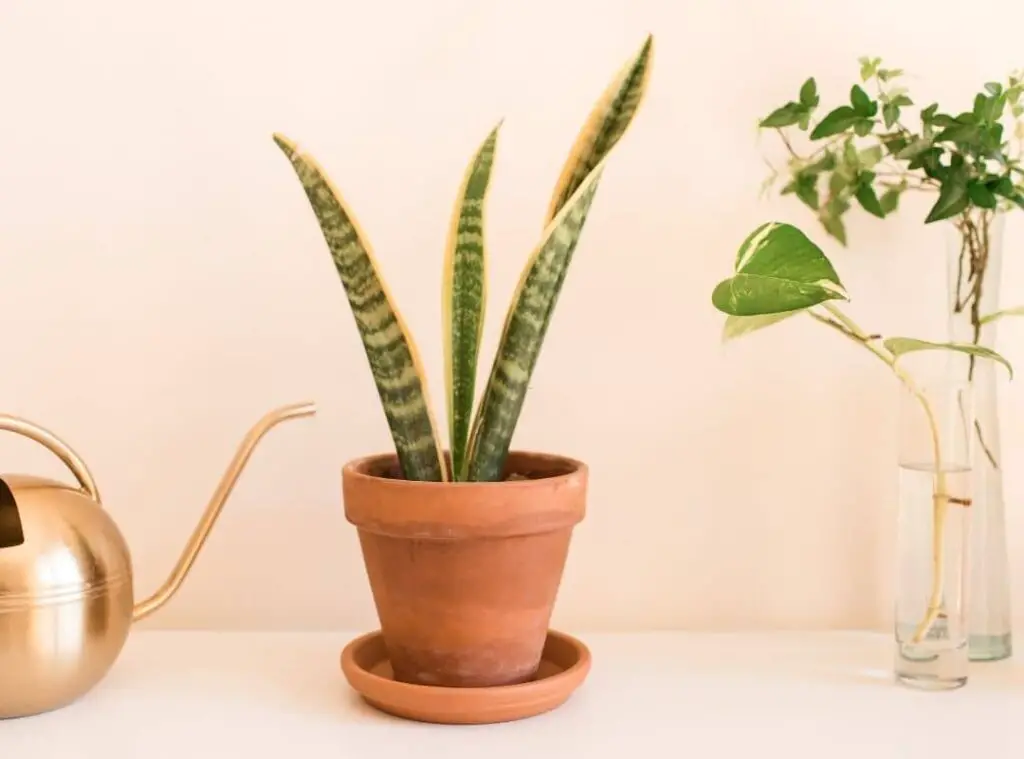
Cylindrica
Cylindrica tends to grow longer along with tubular type leaves. This also contains different shades of green markings.
When they mature, they would rise to 7 feet (2m) and could be 1’ (2.5 cm) in thickness, especially around the bottom of the plant. They contain fleshy leaves.
Cylindrica plants are rosette forming plants. As they grow, they tend to grow which resembles a fan.
Common names of cylindrica are African spear or spear Sansevieria, elephant’s toothpick etc. Many people tend to grow cylindrica plants in containers.
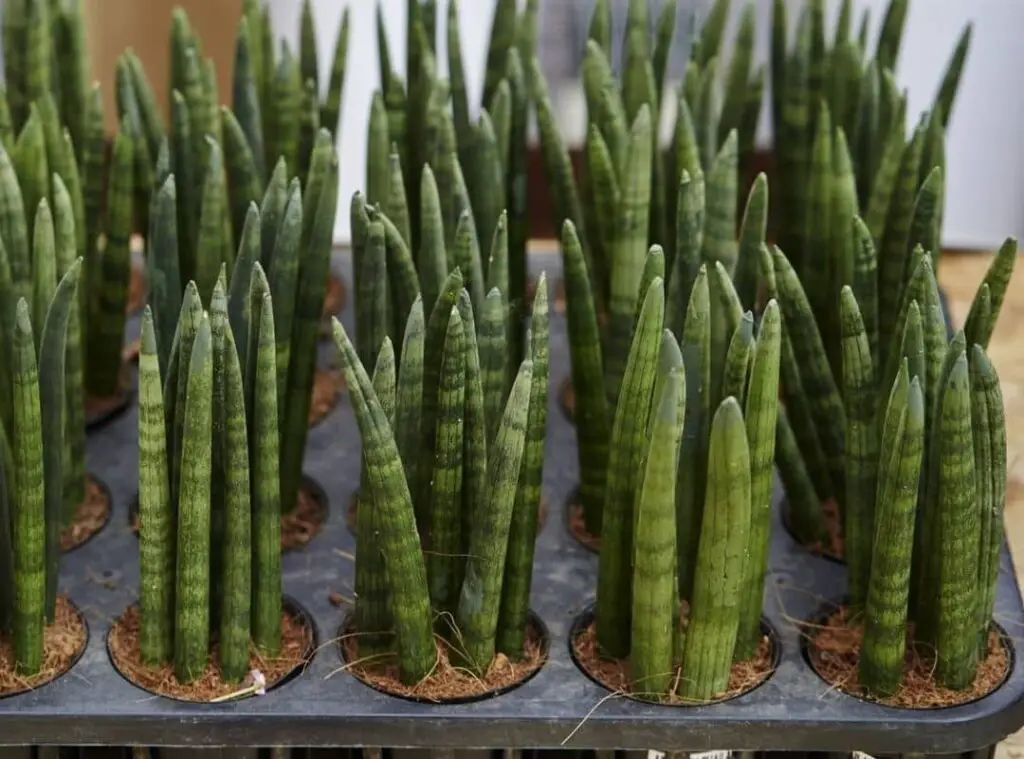
Mother-in-law’s Tongue’
This is a hardy and a popular type of snake plant. You could spot them with stiff leaves of which the sizes could vary from 6 inches to 8 inches in length.
They generally contain banded leaves in green and would further contain yellow stripes on the leaf’s tips. We could easily care for them.
They are versatile since they could thrive in different light conditions.
Most of them are native in west Africa and they could survive in low light conditions. However, they could thrive well in bright indirect sunlight.
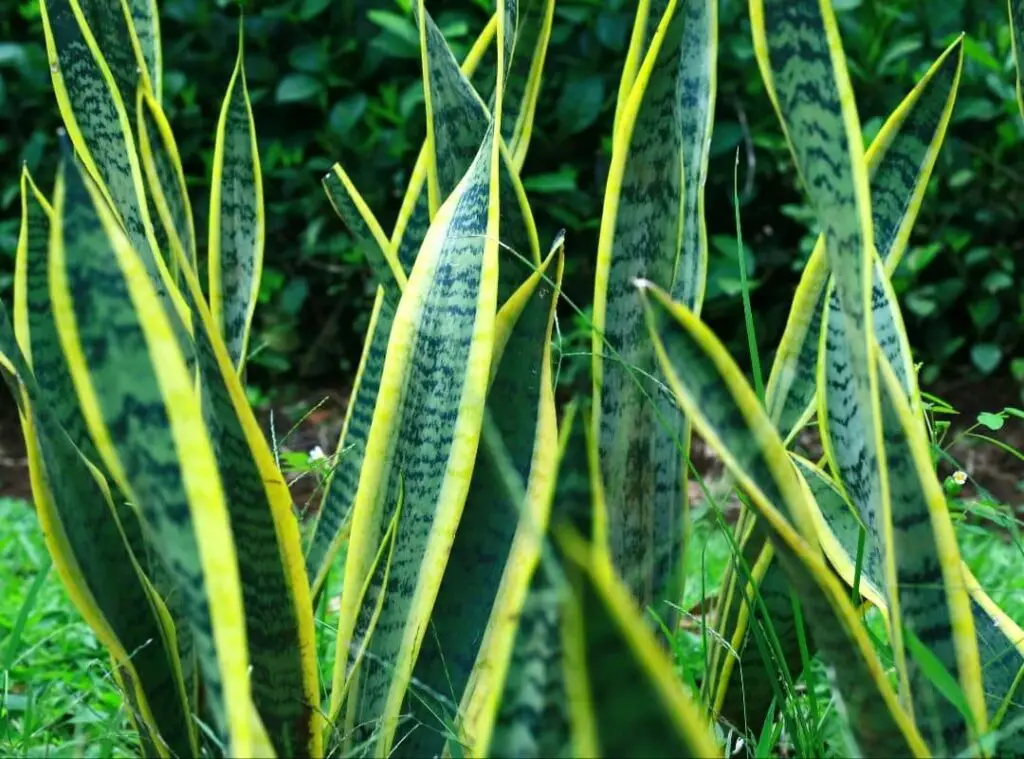
Moonshine’
Moonshine plants consist of silver green colored leaves and it is a quite famous snake plant among the whole lot.
They would rise to 4 feet when they grow to their fullest. Moonshine plant would be very useful if someone wish to have a plant for air purification process.
They are easy to care plants. Some of the common name which you could use to call moonshine plants are Moonlight Sansevieria, silver moonshine snake plant and moonlight snake plant etc.
They have inherited these names due to their unique way of leaves formation which you could usually spot in light silver green color.
These plants would thrive in bright and indirect sunlight. Once you provide it low level of light, chances are that their leaves would turn darker green.
Still, they could maintain their silvery sheen glow.
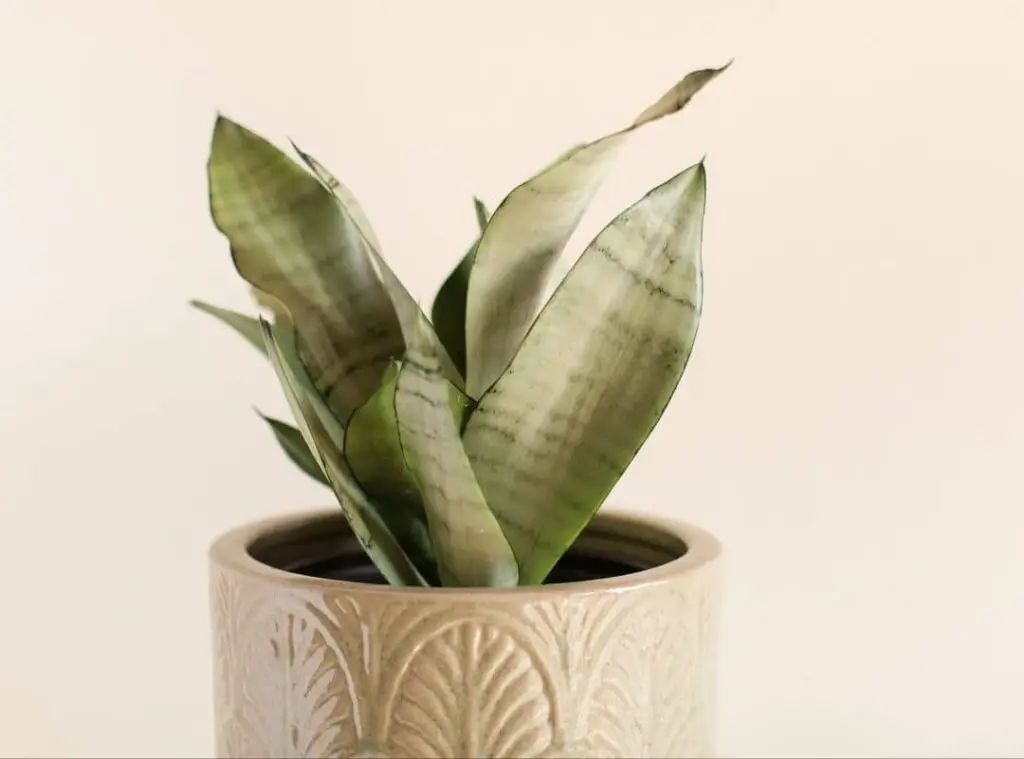
Whitney
Sansevieria Trifasciata Whitney is hailing from Africa and many people tend to use this as a houseplant in climate colder weather conditions.
They would prefer to have heat, bright sunlight. They can thrive in different light conditions too.
Be it low, medium, or even direct sunlight for some time. Those characteristics make them perfect plants for beginners in gardening.
You should grow them in a well-draining soil since they are quite responsive towards over watering. If you over water these plants, there is a potential risk of root rot.
This could also be very handy if someone wishes to add an air purifying plant to their plant collection.
However, this could be harmful if cats and dogs ingest this. In addition to that, it could be toxic towards humans as well.
As such, you should keep these plants away, especially from kids and other domestic pets too.
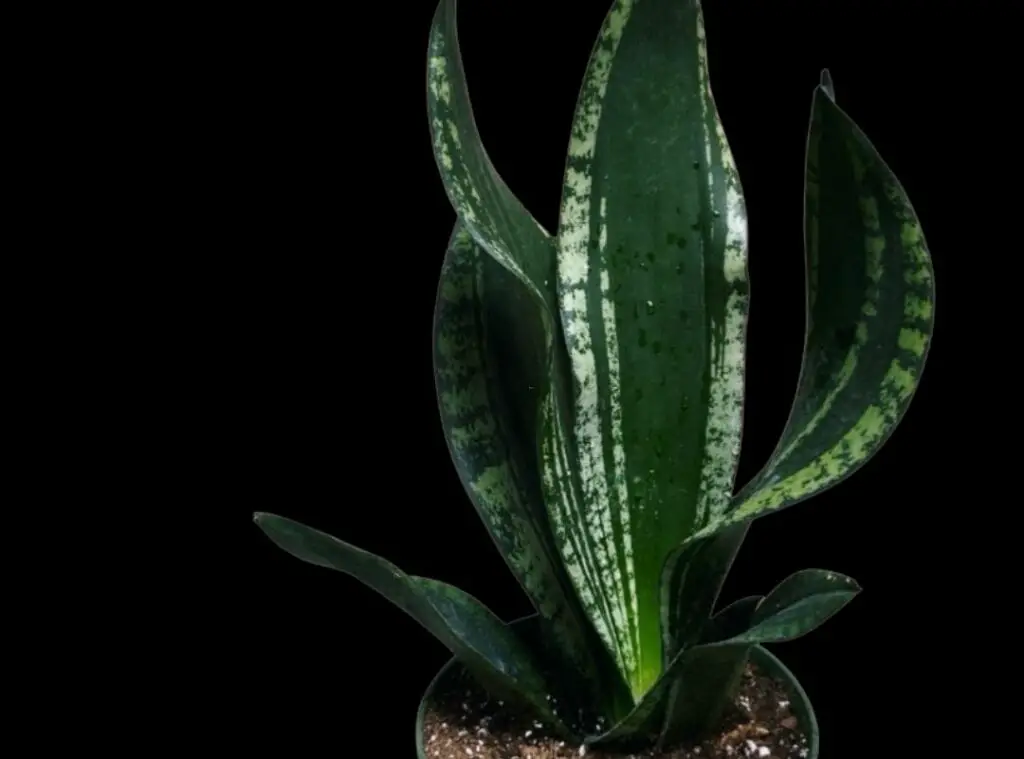
Bantel’s sensation’
Bantel’s sensation could rise to 30-34 inches in height once they grow to their fullest.
This would also be handy as an indoor plant. They consist of narrow leaves which will consist of white lines along the leaf’s margins.
Do not expose them for direct sunlight since chances are that they could produce brown spots. You could further see their leaves form in clusters particularly at the bottom part of the plant.
To the top part of the plant, you could see how they grow slightly while fanning out.
They would generally grow up to two to three feet high. At the base of the plant, you may see they have spread out to about two feet.
Bantel’s sensations originate from western Africa.
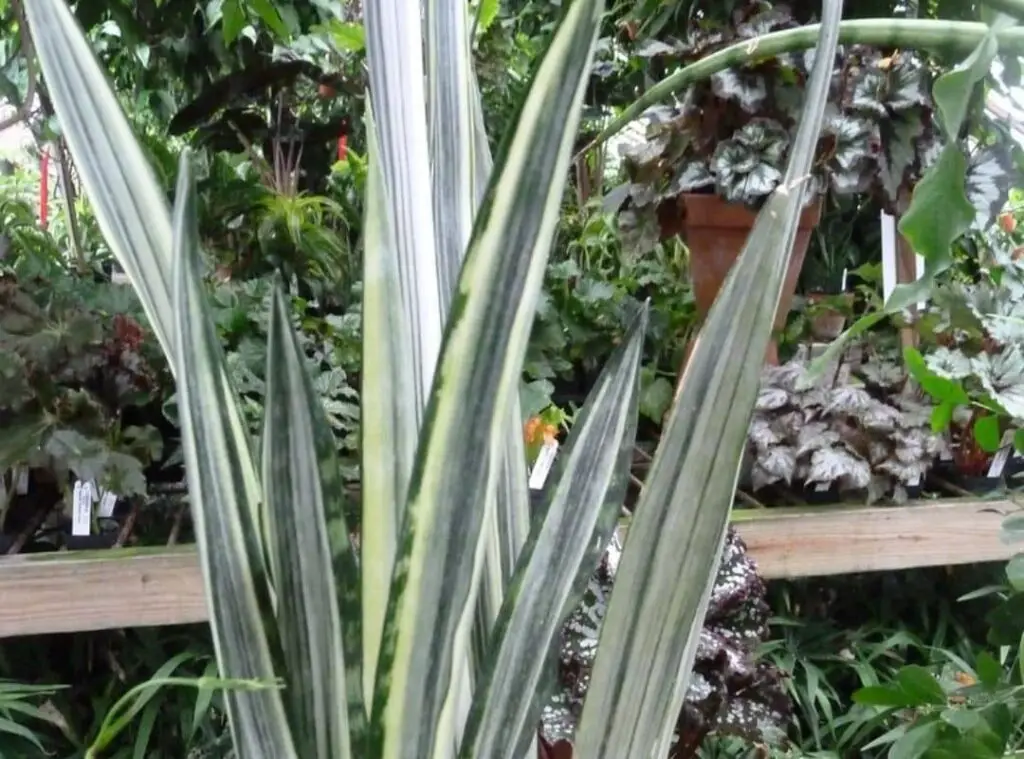
Sansevieria ‘Cleopatra’
Sansevieria ‘Cleopatra’ is a fascinating Sansevieria type due to its attractive way of forming patterns on their leaves.
Their leaves would consist of a light green surface and dark green lines in a criss cross manner on it.
Moreover, there could be reddish brown lines at their margins which would enrich the aesthetic beauty of this plant.
They are rosette forming plants too. That is another interesting feature of these plants. They could generally be about 11’(27cm) in height.
As such you could plant one of these cleopatra plants anywhere you wish. Be it in your room, office or even patio.
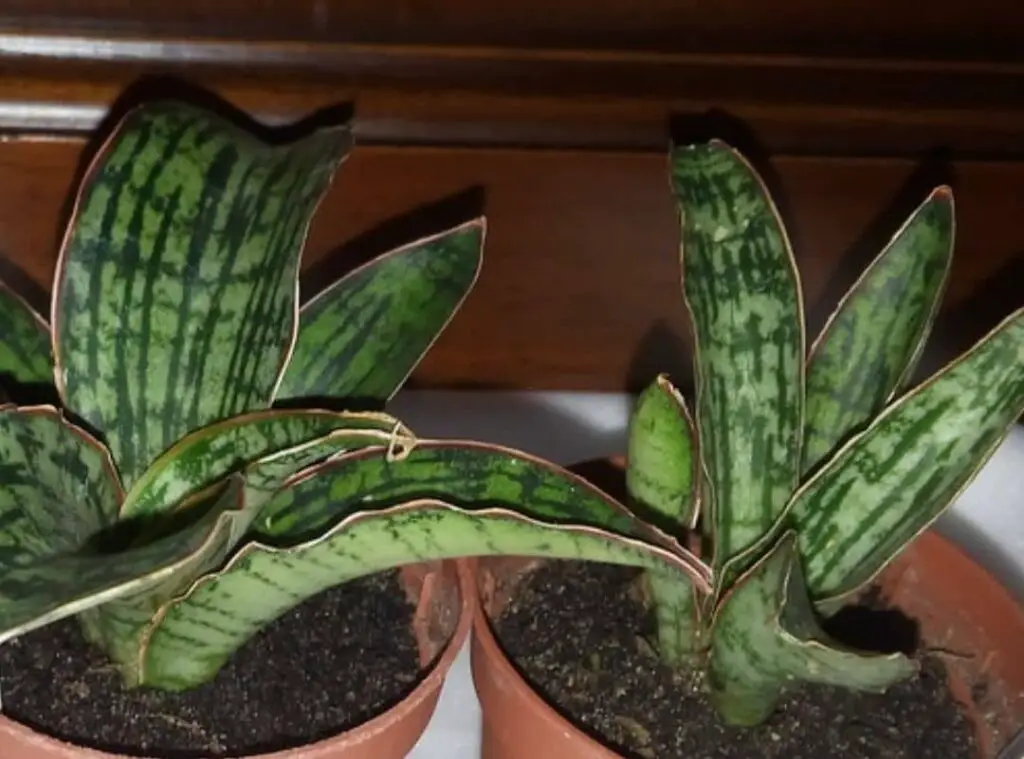
Sansevieria Ballyi (Dwarf Sansevieria) Snake plant varieties
If you consider growing a mini version of a Sansevieria, this would be one great choice to have.
In terms of their leaves, they consist of narrow tapered leaves which you could spot, usually about 4’ (10cm) in length.
They also tend to grow in rosette type. Further they consist of light yellow to pale green bands that give a distinct effect for the looks of these plants.
You could spot them blooming with white to pink flowers often.
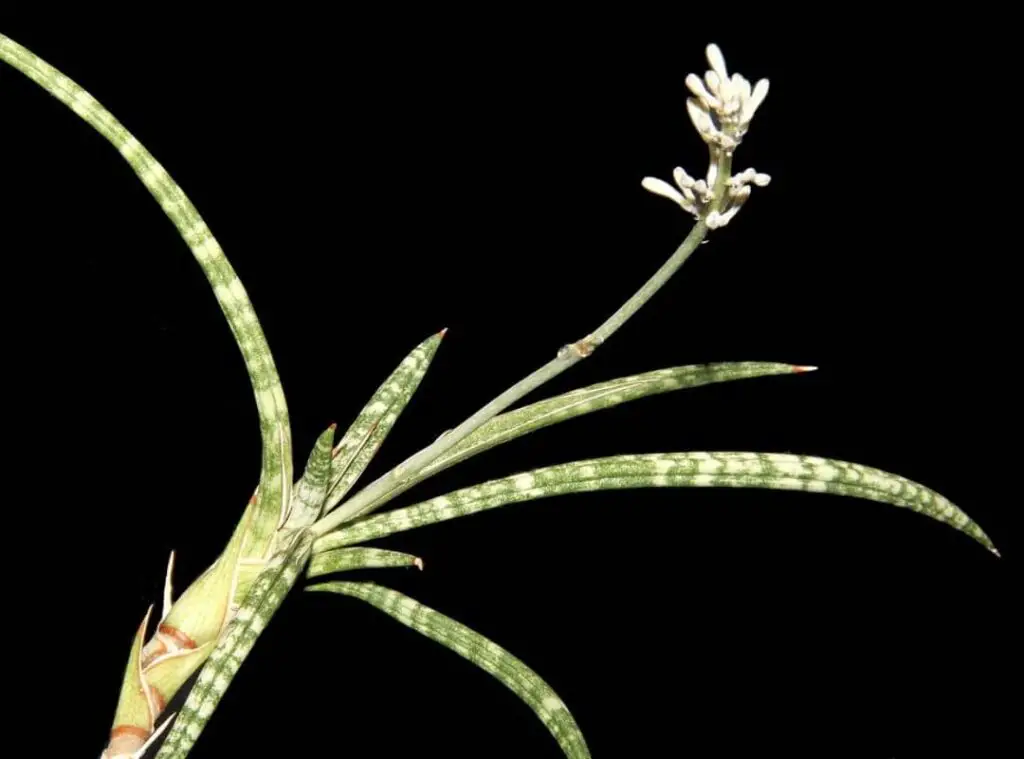
Sansevieria canaliculate
Sansevieria canaliculate could form cylindrical leaves ad they would be about 3 feet in length and about one inch in width once they grow to their fullest.
They usually tend to grow one leaf at a time or as a pair. They are hailing from Madagascar and they are native to there.
You could spot them blossoming during spring. They look tubular shape and green to white in color.
These plants would prefer to grow in bright filtered sunlight and in well-draining soil just like other species of snake plants.
You only need to water them occasionally and that will help them to thrive well and maintain their shape.

Sansevieria Cylindrica ‘Boncel’ (Starfish Sansevieria)
Starfish sansevieria is native to South Africa.
This is somewhat an uncommon plant. Their leaves usually form upright and could be about one meter in length along with a thickness of 2-3 centimeters.
You could spot them in green – gray colors.
The plants which are immature and young could carry transverse bands. Once they get matured the leaves tend to form in a furrowed manner.
Spaghetti, skyline and patula also fall under this plant species. They generally want a lot of light to thrive well, and you need to water them moderately.
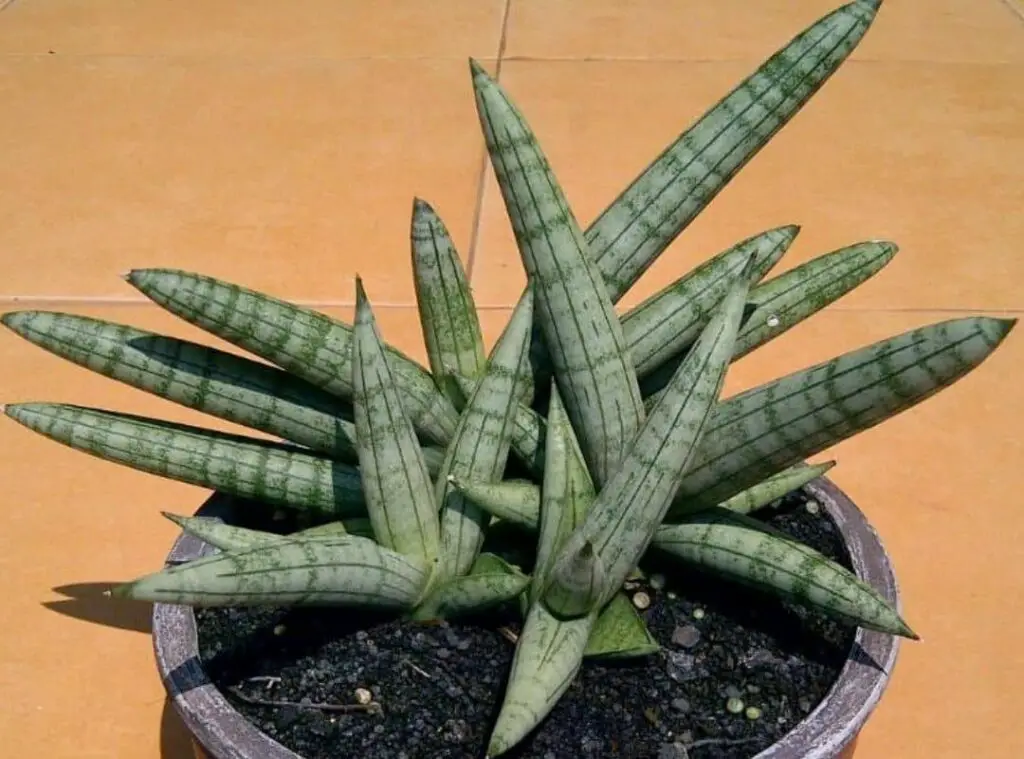
Sansevieria Ehrenbergii Snake plant varieties
Sansevieria Ehrenbergii (Blue Sansevieria)
These plants’ leaves also tend to grow in a fan shape. They are chubby and though they are called blue sansevieria, their foliage is not blue.
Their leaves resemble boats which have round shaped undersides. Along with that you could spot a grooved channel on the top surface of the plant’s leaves.
The leaves produce in cluster type in a dense manner. They would carry a blue tinge also when they are too young.
Once they grow to their fullest, they tend to turn dark green to gray green colors. In addition to that, they would carry light red lines also on the leaf’s margins.
What is exceptional about these plants are their sizes. Chances are that the long succulent leaves could be about 5 feet (1.5m) long and 3’ (8cm) in width.
Further they tend to grow on shorter stems. This will tend to stay as a little snake plant for a longer time and it will take a little longer to mature.
Sword Sanseveria, Somaliland bowstring hemp and east African wild sisal are some of the other common names which you could use to call them.
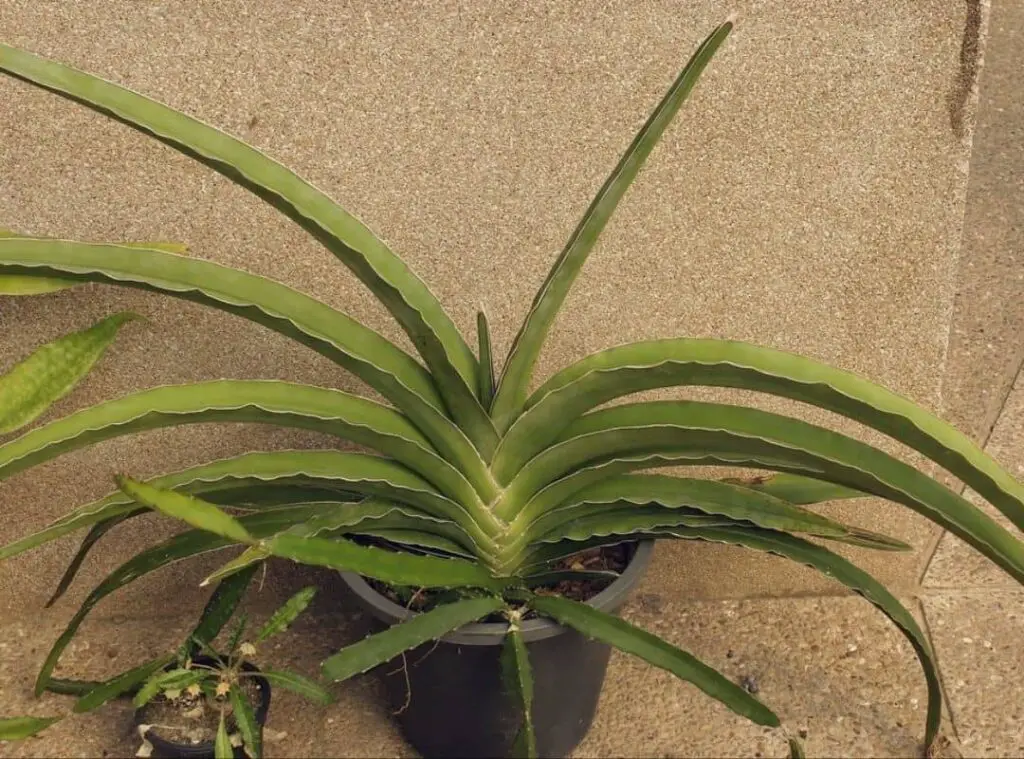
Sansevieria Ehrenbergii ‘Banana’
They have inherited the banana names from their banana shaped chubby leaves. Their leaves are somewhat like blue sansevieria leaves.
You could differentiate these from their leaves being short as this is a dwarf type of snake plant. Furthermore, their leaves look boat shaped too.
Their bottom would be rounded and further will carry a topside which is curved.
Furthermore, Banana plant color looks similar to agave plant color too. You could spot their leaves in light blue green colors along with stripes.
One more special feature of banana plants is that you could see them forming a straight leaf appearing in the center of the plant.
After that leaves are emerging from both sides of the center leaf.
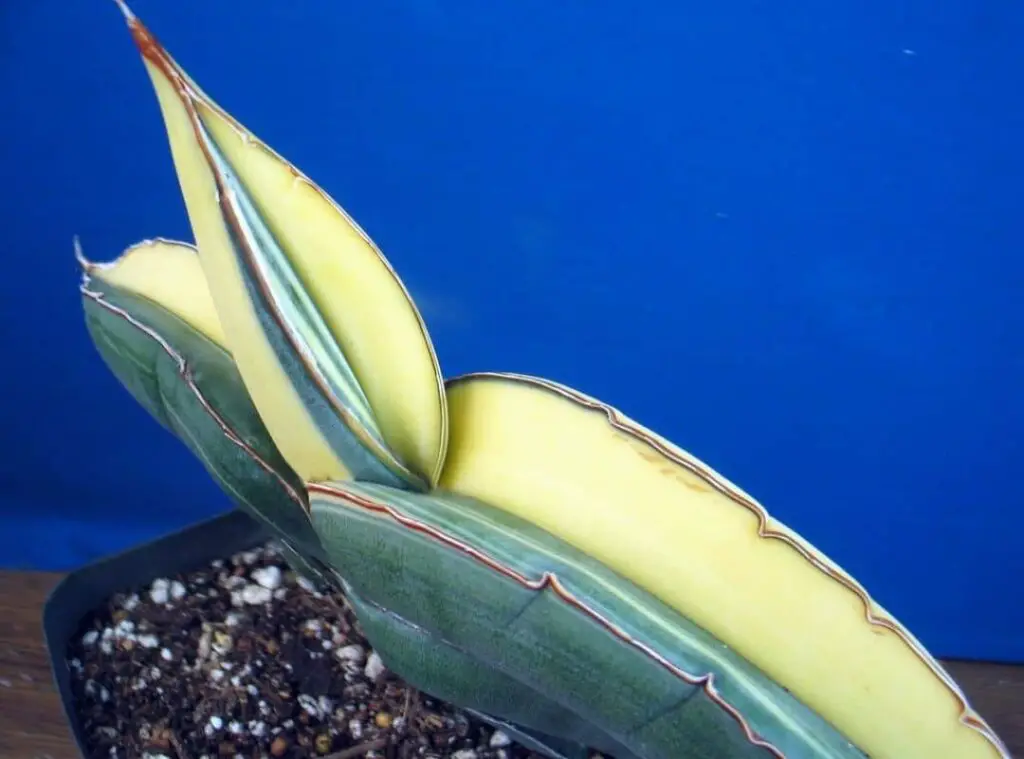
Sansevieria Eilensis
Sansevieria Eilensis are a dwarf set of succulents and known as slow growing plants. They comprise of blue-green leaves.
You could identify these plants by looking at their leaves as they are chubby and grow downwards while curving.
Their leaves would be about 5’ (12.5cm) in length. Their thickness would be about 1’ (2.5cm).
In addition to this, you could identify them by looking at their horizontal lines spread on the leaves surface.
Moreover, you could spot a cuticle on the edges of their leaves. They would consist of 2-3 leaves in general, yet they would look graceful when you grow them indoors.
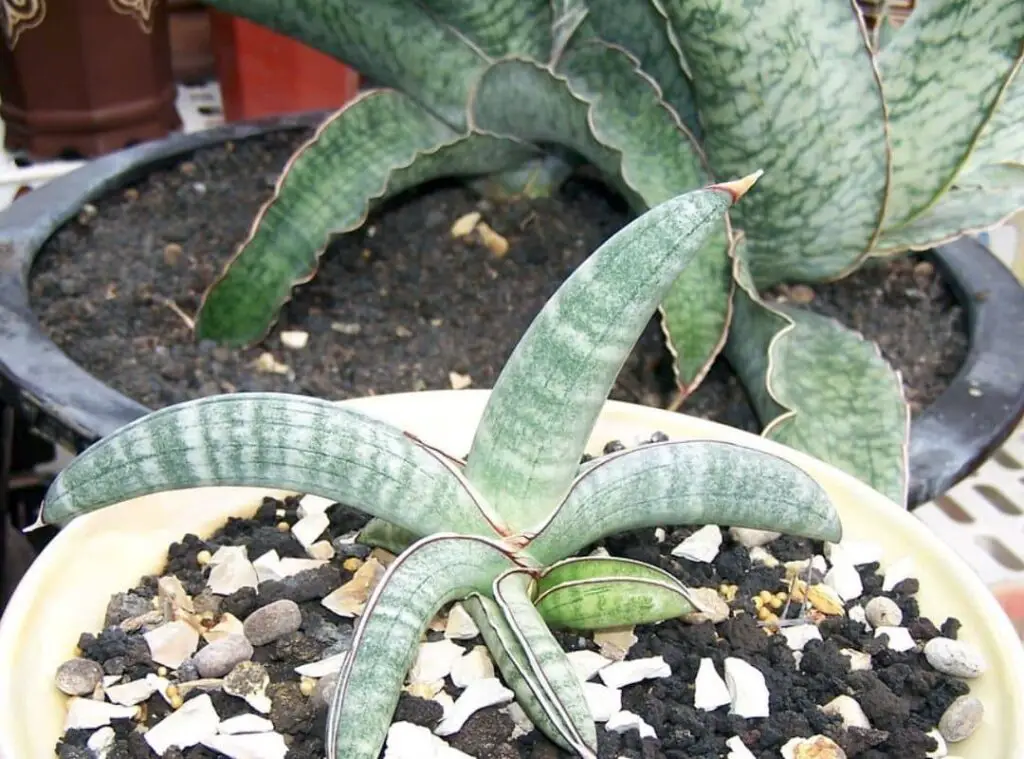
Sansevieria fischeri
Sansevieria fischeri is a mini version plant type of snake plants. They would be approximately 16 inches when they reach their mature size.
This would be very handy for both indoor gardening and for outdoor gardening as well. During summer you could spot them blooming with white flowers.
They form in clusters and will be tubular shaped.
These plants would perform well in a lot of sunlight and with occasional watering. Just as with other succulents, e ensure that you provide adequate drainage for them.
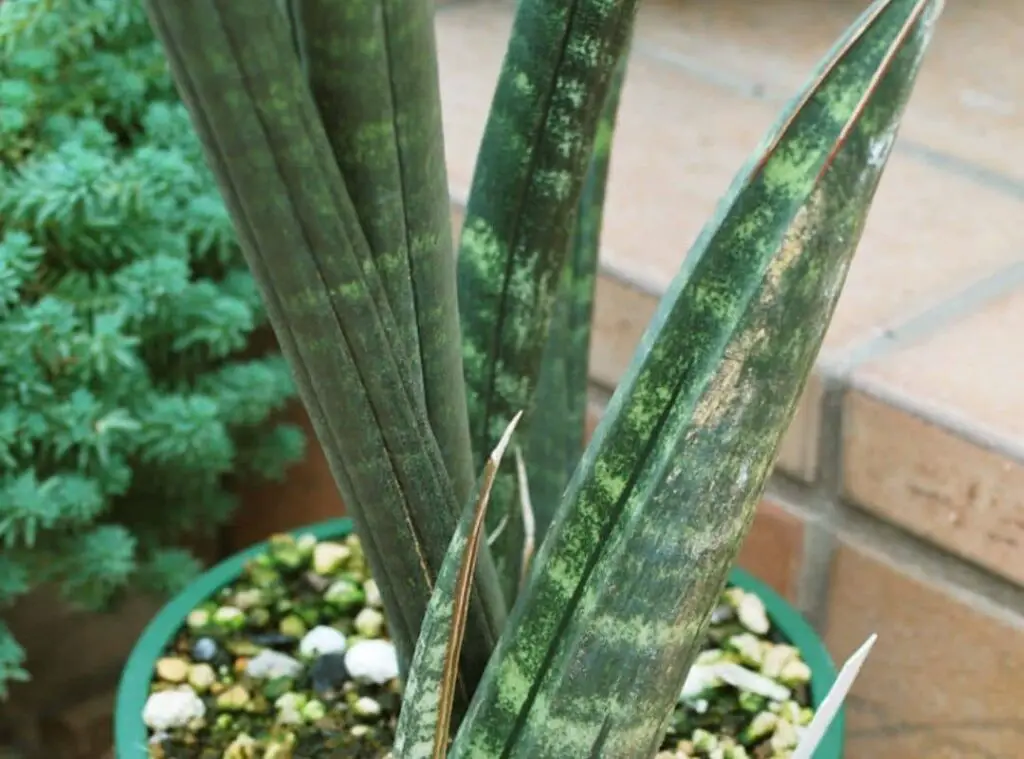
Sansevieria Kirkii (Star Sansevieria)
Star Sansevieria is an uncommon plant type among the snake plants. They have wide tapered leaves along with some markings.
These plants usually rise to 6 feet (1.8m) in length. On the other hand, their width would be about 3.6’(9cm).
The markings which they have on the leaves would be cream colored. Those are the highlights of the plants which you could easily recognize from others.
These plants produce leaves which resemble snakes, and they would be dark green in color.
Chances are that the leaves of indoor grown kirkii plants could be narrower than the outdoor grown kirkii plants leaves.
It is a treat to watch them grow in clumps along with its striking spiky looks along with the longer leaves.
Once more special characteristic of this plant is that their blooms would be white or pale pink.
Having said that, it is not something which happens quite often either. Once they bloom, it spreads a fresh fragrance as well.
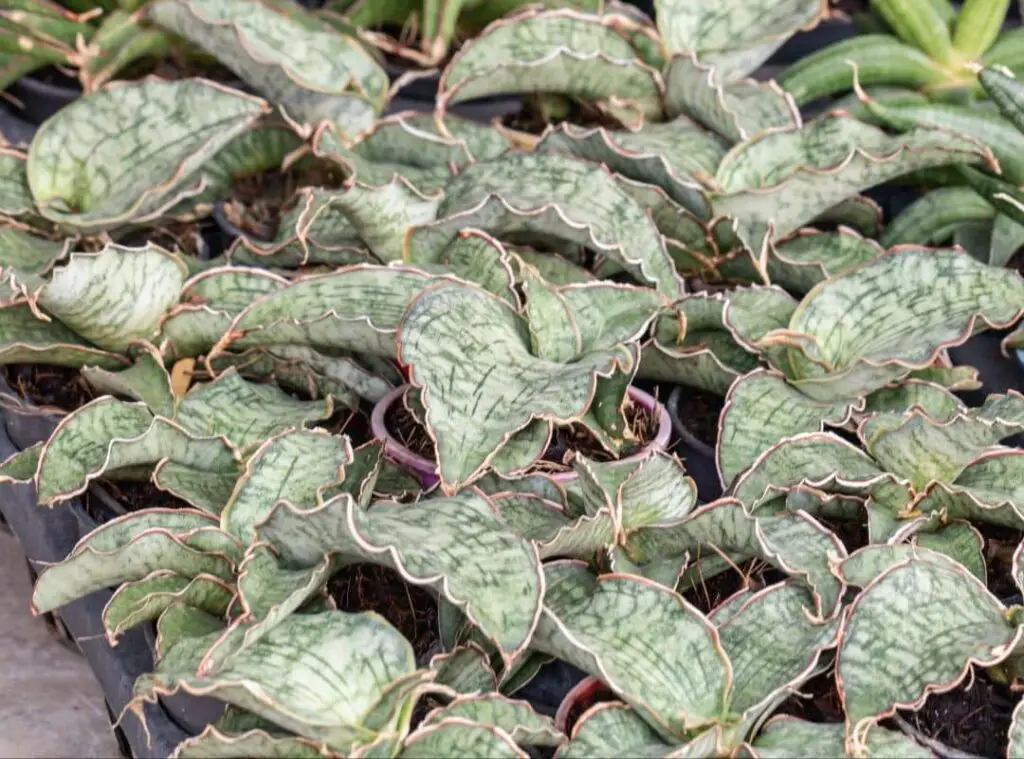
Sansevieria Masoniana
Whale’s fin and shark’s fin are a couple of other names which you could call Sansevieria Masoniana. They are endemic plants to central Africa.
This generally consists of wide mottled leaves in green color. They would be approximately about 4 feet long.
Their leaves look like a paddle in shape. Further they could be variegated too.
if you need to differentiate them from other plants, you could identify them by looking at their sheath which would be purple.
You could spot this mostly below the soil line though.
These plants survive in bright sunlight. If you fail to provide adequate sunlight, it is not possible for these plants to bloom.
You should water them occasionally too and you should not leave them in excess water.
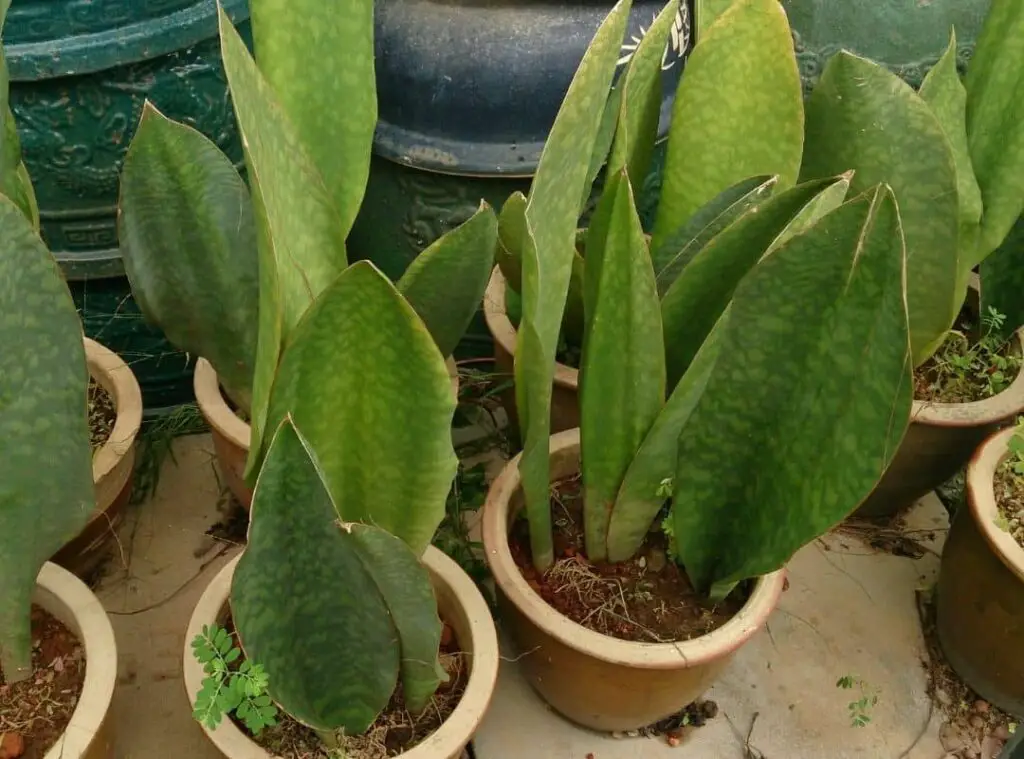
Sansevieria Masoniana F. Variegata
Mason’s congo is another common name which you could use to call these plants.
They contain broad leaves which are very eye-catching rather than the rest of the other snake plants.
Their long leaves which are oval shaped are something special when considering these plants. In addition to that they form underground rhizomes as well. They are originating from Congo.
Their leaves could grow large as much as 4 feet (1.2m) in length. They inherit a graceful variegation and that is one of the highlights of these plants.
They would further consist of pale-yellow stripes which would look fantastic in the dark green color background on the leaf’s surfaces.
You could grow this in your bedroom as well.
Sansevieria Parva (Kenya Hyacinth)
You could spot Sanseveria Parva commonly grown in Kenya, Uganda and in Ruwanda.
They comprise of dark green leaves along with transverse bands which could be either dark or lighter. They are mainly grown linear to lanceolate.
Chances are that they could produce white or pink blooms. You could easily look after. As such they would be a perfect fit for a fresher in gardening.
You need to provide them a lot of light . They would only require occasional watering too.
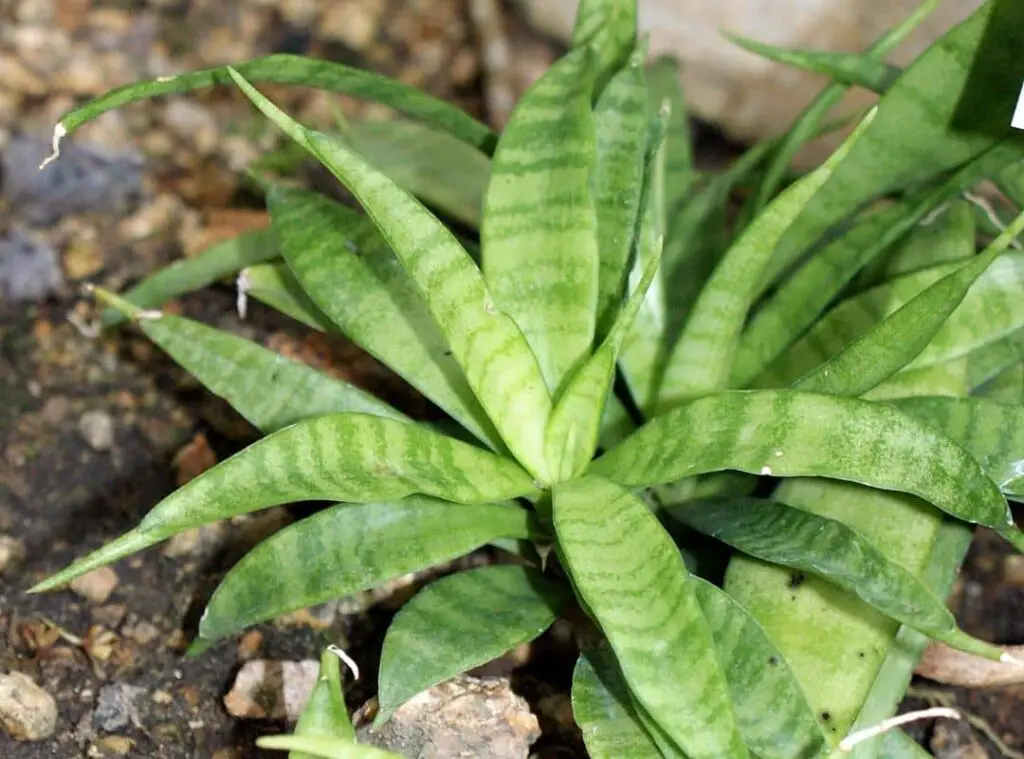
Sansevieria gracilis
Sansevieria gracillis is more like a petite version of the snake plants.
Leaves would be about 18 inches in length in general. These plants also consist of long and pointed bands which you could spot in green and in white.
During fall, they tend to form blossoms in green, white colors. They form the flowers in clusters. They would require bright filtered sunlight or partial sunlight.
They could survive in low light conditions and in full shade conditions as well. However, they will not grow as beautifully as they do in a high and medium light condition.
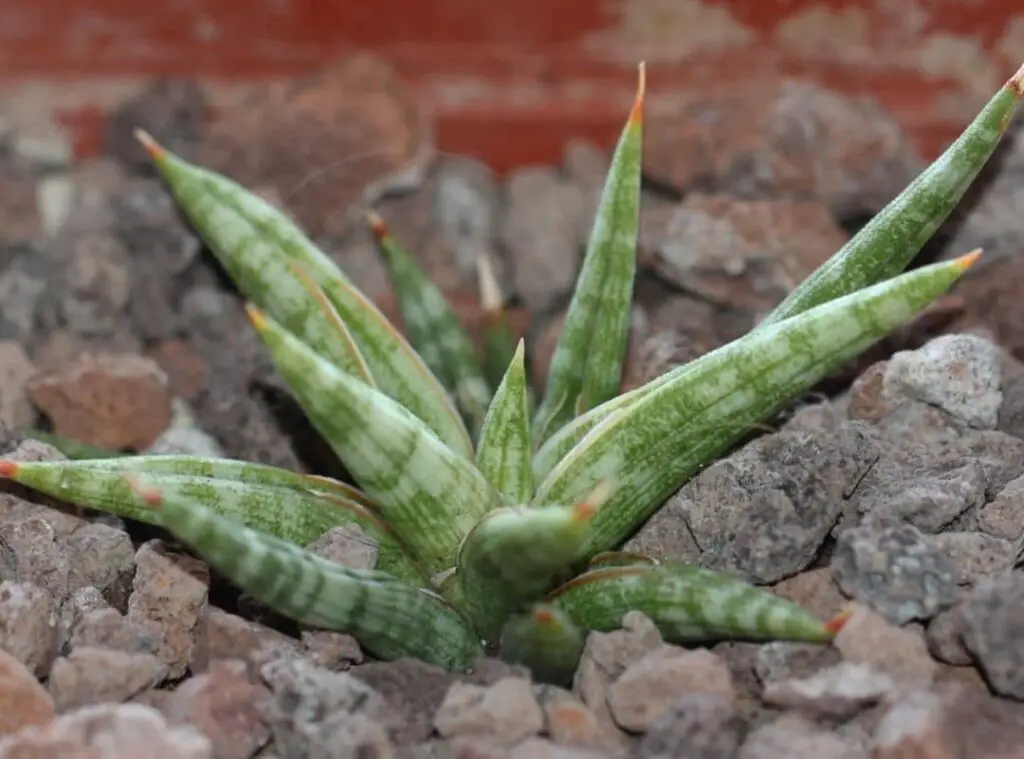
Sansevieria patens
Sansevieria patens are hailing from eastern Africa and usually grow in rosette types. Their leaves would be short and cylindrical in shape.
Those leaves could be just two inches in width whilst they could be about three feet in height. They also consist of light green bands.
Once they approach their flowering season, you could spot them blooming in gray, white flowers. Further they form in clusters too.
These plants would also love to grow in bright indirect sunlight like the rest of other snake plants.
When you expose them to natural bright indirect sunlight, it will stimulate the plants to gain plant’s usual graceful colors.
Having said that, they could also survive in low light as well. You need to water them occasionally and moderately for them.
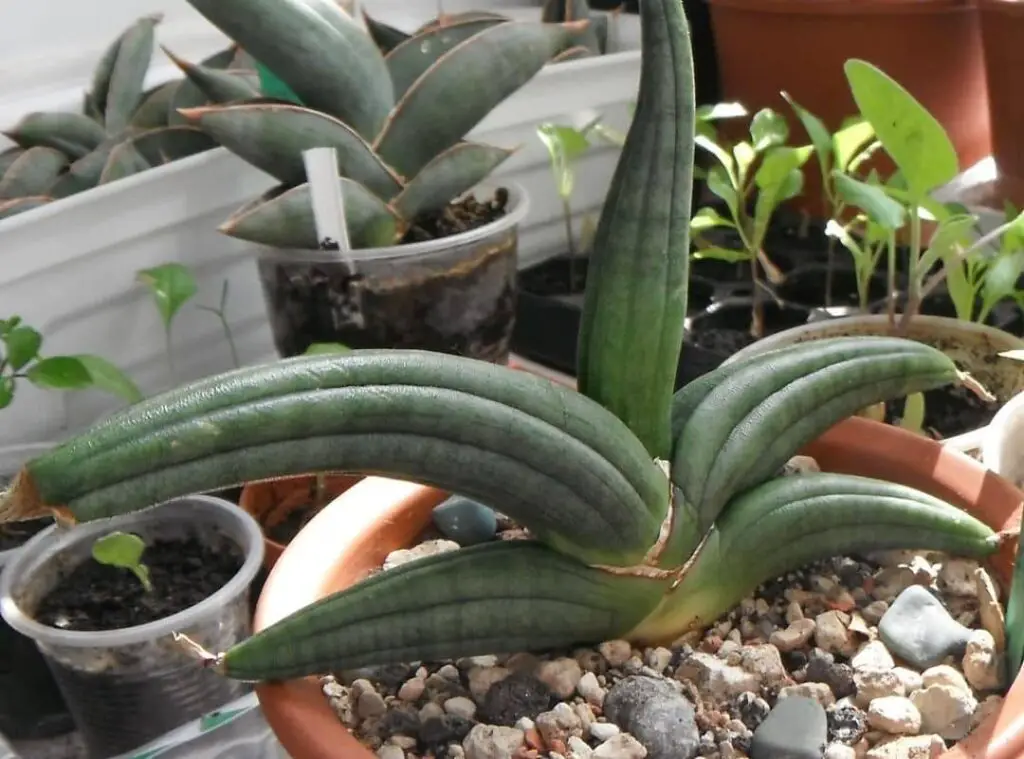
Sansevieria Zeylanica (Ceylon Bowstring Hemp)
Sansevieria Zeylanica originates from Sri Lanka. You could call this as Ceylon Bowstring Hemp in general.
They usually prefer to grow in sandy, rocky areas. They also form in an upright manner and could be approximately about 60-70 cm in height.
They consist of leathery leaves and their colors would be green, white.
You could further spot them with way lines spread through the leaf surfaces. Those lines would be green in color. They inherit a flat root system. You need to water them occasionally.
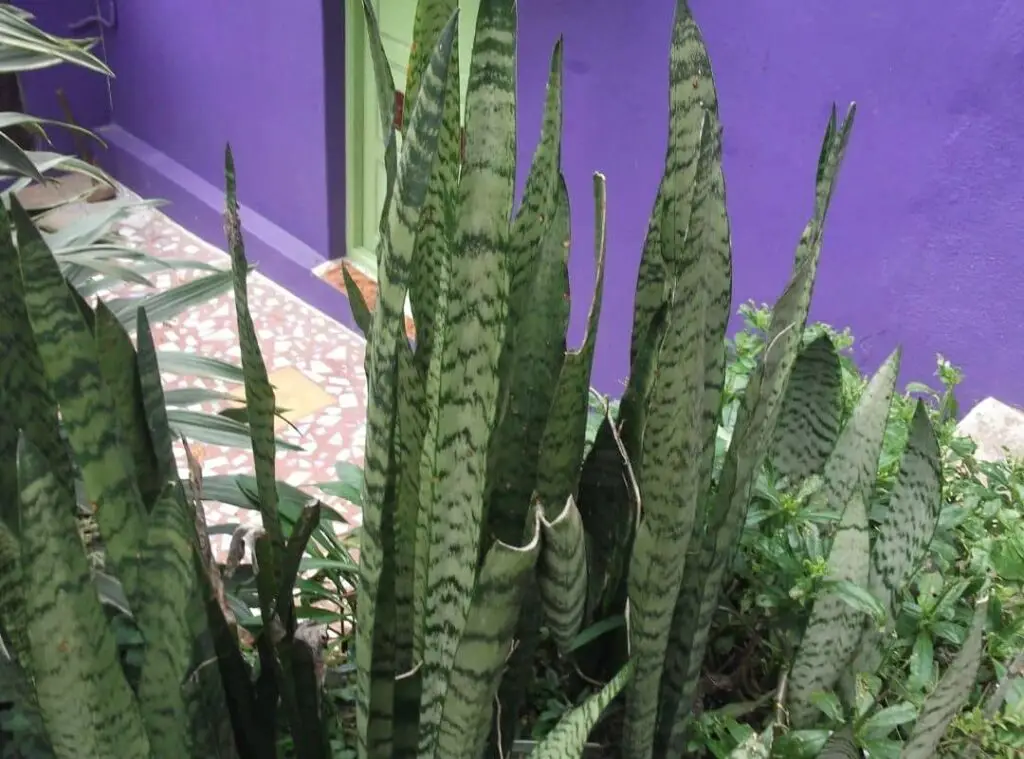
Read Next: Snake Plant Growth conditions | 9 Super Useful Facts |
